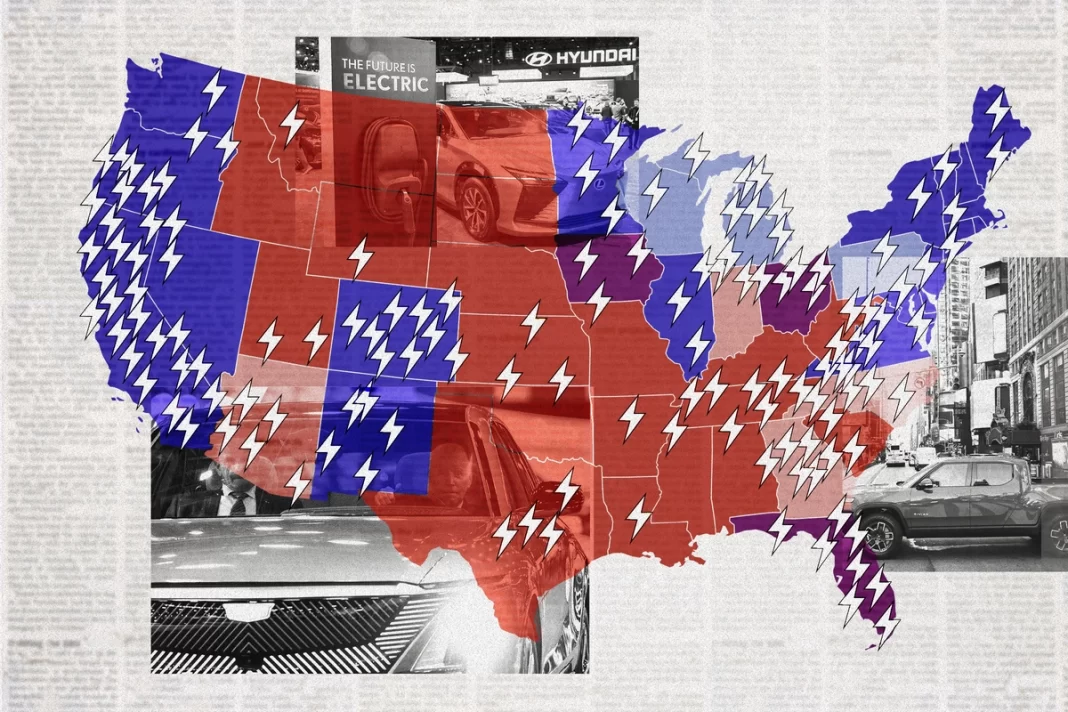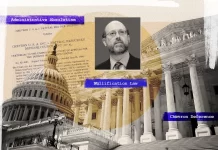
Federal electric vehicle mandates are being criticized as ‘class warfare’ with far reaching implications for certain parts of America.
President Joe Biden’s new EV mandates will likely prove to be a sizable wealth transfer from rural red regions of America to urban blue sections, and to wealthy Democrats who reside in them, according to reports.
On March 20, the Environmental Protection Agency (EPA) finalized its tailpipe emissions rules for the auto industry starting in 2027.
These rules are the strictest in history and will effectively force carmakers to have one-third of new car sales be plug-in electric vehicles (EVs) by 2027 and more than two-thirds by 2032.
This represents a dramatic increase from current EV sales, which were about 8 percent of the new car market in 2023.
Climate activists cheered the EPA’s move, with the Environmental Defense Fund calling it “a day to celebrate American achievement.”
But critics say that the measures will be particularly punitive for huge segments of the U.S. population who don’t want, can’t use, or can’t afford EVs. If carmakers go along with President Biden’s plan to shift their fleets to EVs, the cost of remaining gas-fired cars and trucks will likely escalate as demand dwarfs supply.
“This isn’t industrial policy,” Robert Bryce, author and energy analyst, told The Epoch Times. “In reality it’s a type of class warfare that will prevent low- and middle-income consumers from being able to afford new cars.”
And as many traditional car buyers struggle, the federal subsidies and incentives continue to flow, to the benefit of EV buyers.
According to an October 2023 report by the Texas Public Policy Foundation, as much as $48,000 of the cost of the average EV sold in the United States is paid, not by the owner, but in the form of “socialized costs” that are spread out among taxpayers and electricity consumers over a 10-year period.
These socialized costs come in the form of taxes, government subsidies, fuel economy credits paid by gas carmakers to EV manufacturers, and higher electricity bills as consumers absorb the capital costs required to expand the power grid and install new charging stations.















































